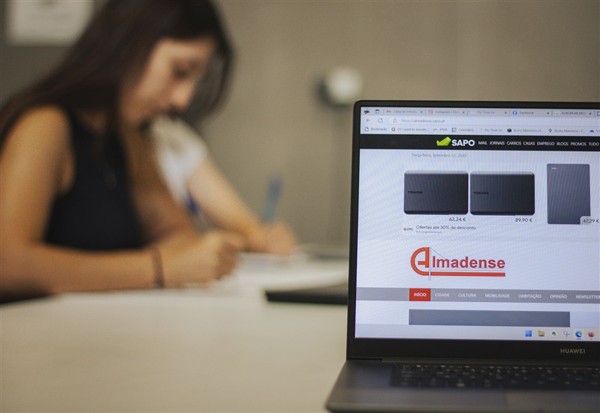Local and national media outlets continue to play a crucial role for Ukrainians during the war. Not only do they cover and document the truth but they also provide practical information for their audiences.
Yet the war has seriously damaged all sectors of Ukraine’s economy, including its media ecosystem. Ukrainian newsrooms have faced unprecedented challenges over the last few months as they continue their reporting. Previously, the media revenue model had largely been a commercial one, with many outlets adopting diversified models that relied both on advertising and direct reader revenues. During the war, both models have been challenged.
The war has had especially devastating consequences on one of the most challenged sectors of journalism: local news. As a response to the crisis facing local media in Ukraine, in March the ABO Local Media Development Agency, which supports a network of hyperlocal media in the country, embarked on a large-scale donor fundraising campaign. IPI was among the first to join the initiative to support local publications in Ukraine.
Transforming local legacy newsrooms
The ABO Local Media Development Agency was launched after Ukraine passed a 2015 law on “destatization”, a process that aimed to remove state influence on municipal and state publishers. The ABO team soon set up a content management system on a web platform called “The City”, which enabled legacy local newsrooms to digitize their content. In the launch phase, ABO united 10 Ukraine-based local media outlets. Today, the network consists of 45 local publishers and more than 300 media professionals.
ABO’s own business model is predominantly based on grants and donations, which before the war made up about 70 percent of revenue. The rest came from consulting services and advertising managed across the local media network. Following the outbreak of the war, the share of foreign donations as part of ABO’s total revenues significantly increased. As ABO’s founder Lera Lauda tells IPI, 95 percent of ABO’s revenues now consist of grants from sources abroad, while just five percent comes from consulting and advertising.
Read more about ABO’s work in the case study from IPI’s Local Journalism Project (carried out before the war) here.
Saving local news during the war
In her interview with IPI, Lauda says the most pressing problem for the Ukrainian media sector is the lack of finances, which has led to many journalists losing their jobs during the war. At the same time, the war put journalists under overwhelming pressure as they had to report at a very fast pace while risking their own health and security.
After the start of the war, ABO had to shut down the City platform covering places near the Black and Azov Seas as, according to Lauda, the majority of local media there were forced to terminate operations. ABO launched a new platform called Evacuation.city to give locals insights into necessary practical information about aid, social payments, and accommodation in Ukraine and abroad. At the same time, ABO hired 30 editors and journalists who lost their previous jobs due to the war.
Alongside Evacuation.city, ABO launched two new platforms: The Memorial for Victims of the War and Svoi.Global. The Memorial for Victims of the War unites stories of war victims. The plan is to turn the platform into an extensive national documentary and historical project.
Svoi.Global publishes English-language translations of the best performing stories on the war published within the network.
In addition, ABO launched a YouTube channel called “Good Afternoon, We Are from Ukraine!” which shares testimonies of Ukrainians about the war.
As a result of these new initiatives, ABO saw a significant audience bump. From the end of March to the end of May, the monthly audience reach for the local media that make up the ABO network was about 4.7 million users and 12 million page views. Notably, the media that are part of the network mostly serve towns with populations between 20 and 80,000.
Plans for the future
Lauda is certain that support from international donors will continue but doubts the sustainability of donor support in the long run. At the same time, advertising and digital revenues do not look promising either. “Until the war ends, the economy of Ukraine will be extremely stagnant, the advertising market will be dead, and international donors will not endlessly pay for the work of all 180 media which have come for help”, Lauda tells IPI.
As a response to the challenges local media face, ABO plans to launch a new project entitled Sister Media. The project will allow international media companies to pick a partner media outlet in Ukraine and support it on a regular basis. “We believe this can be something that helps”, Lauda says. She adds that the budget of a small local newsroom in Ukraine averages 2,000 to 2,500 euros and that donations of 500 euros from “sister media” would help greatly. Sister media partnerships can include not only donations, but also mentorship, knowledge exchange, and preparation of joint content.



